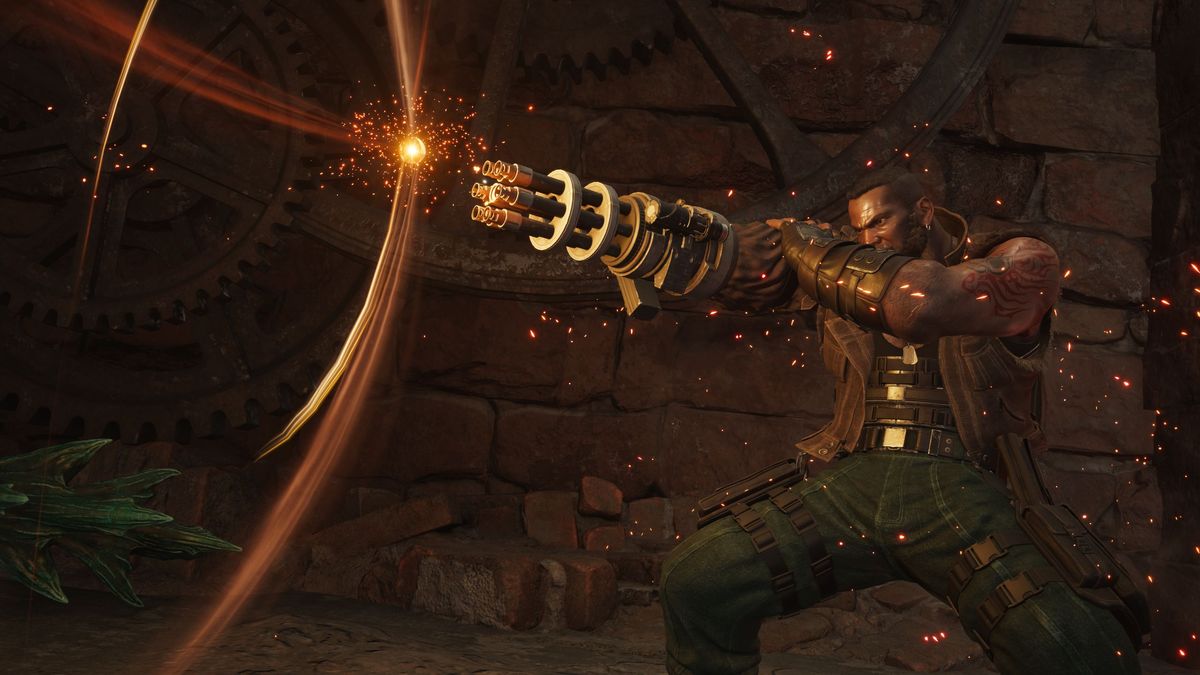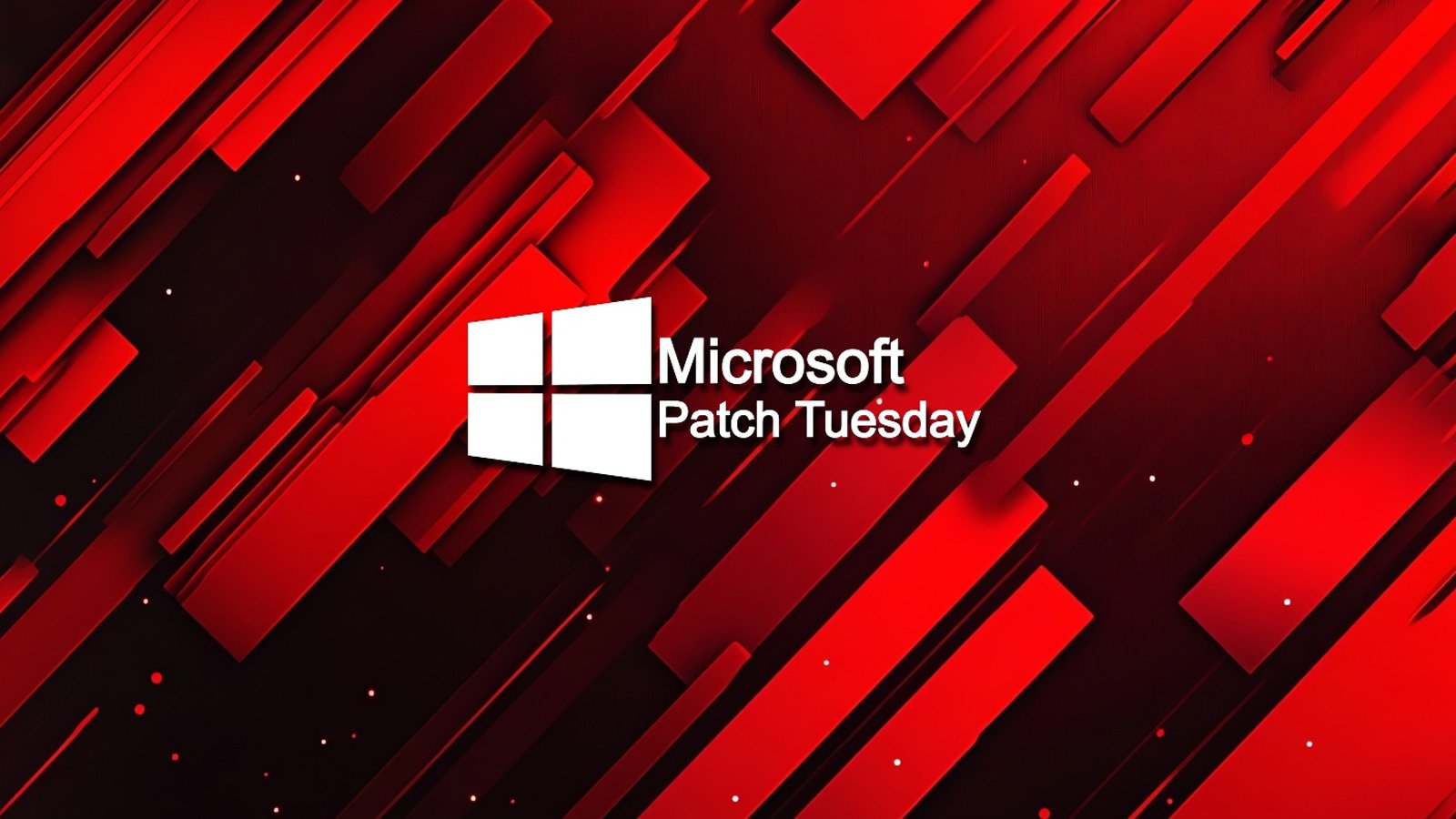
Amidst a rapidly evolving technology landscape, Apple’s strategic pivot to its custom-designed processors, known as Apple Silicon, has garnered widespread acclaim for its exceptional power efficiency and performance capabilities. This transition marked a departure from Intel processors, an alliance that, despite its contribution to Mac’s computational prowess, had hit a plateau in innovation, making Apple’s shift timely and strategic. However, this shift also came with a downside—it rendered the Boot Camp feature obsolete on newer Macs. Boot Camp, an integral utility on Intel-powered Macs, facilitated seamless dual-booting between macOS and Windows, serving not just as a bridge between two operating systems, but also as a lifeline for older Mac models struggling with the latest macOS updates.
For owners of aging MacBooks, particularly models that are no longer supported by the most recent macOS versions, the utility of their devices seemed gravely diminished. The case in point, a 12-inch MacBook declared obsolete by Apple in June 2023, struggled to cope with macOS Monterey, the last supported version of Apple’s operating system for this model. The device suffered from sluggish performance and frequent freezes, rendering it barely usable with only a handful of modern applications. Yet, the transition to Windows presented a beacon of hope.
Windows 10 emerged as a surprisingly capable alternative, breathing new life into the outdated hardware. Its less demanding system requirements meant that even older MacBooks could operate effectively, providing a much-needed performance boost and extending the devices’ utility. This revelation underscores a key consideration for MacBook users grappling with obsolescence: the transition to Windows could offer a viable path forward, negating the immediate need for hardware upgrades.
The possibility of upgrading to Windows 11 on these Mac models introduces a complex narrative. The stringent system requirements of Windows 11, particularly the TPM 2.0 requirement, complicate its installation on Macs. While technically feasible, the process involves navigating a labyrinth of manual driver installations and compatibility checks, a venture that might deter all but the most determined users.
This narrative not only highlights the resilience of older MacBook models in the face of technological obsolescence but also illustrates the broader implications of software compatibility and system requirements on hardware longevity. For users of aging Macs, the journey does not necessarily end at the cessation of macOS support. With Windows, these devices can find a second lease on life, a testament to the durability of Apple’s hardware and the versatility offered by cross-platform compatibility. As such, before consigning an older MacBook to the annals of obsolescence, exploring the potential of Windows might just unveil untapped potential, offering a practical solution that defers the need for an immediate upgrade.
Source






